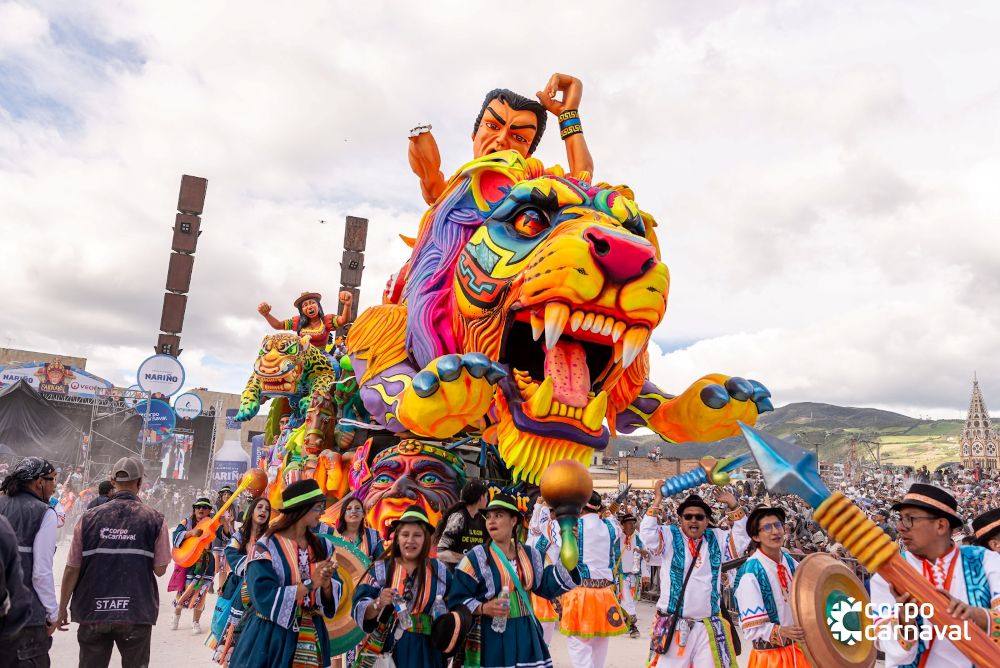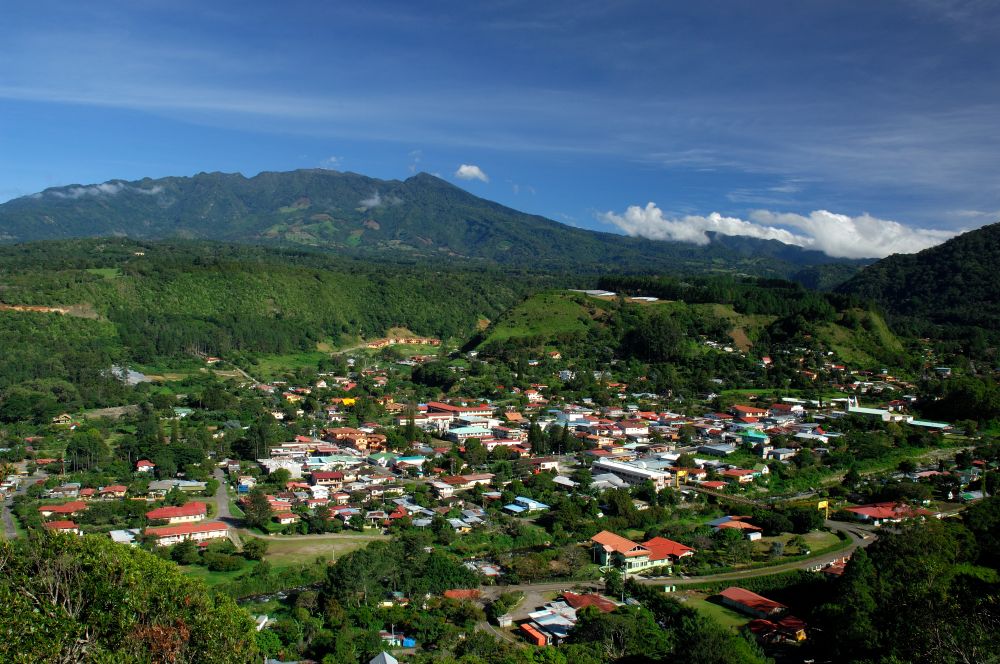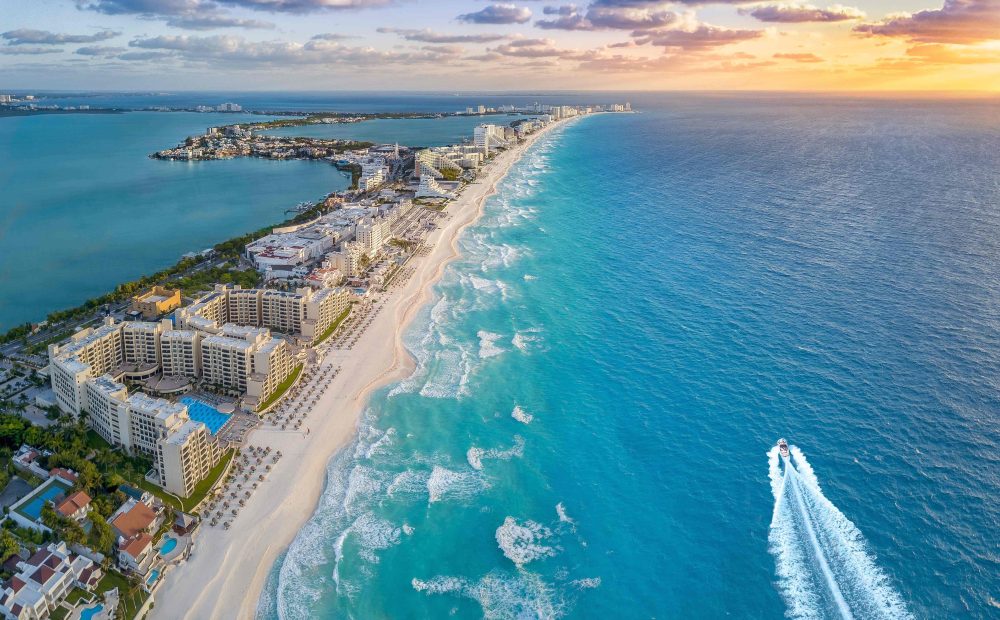At first glance, Varadero might seem like just another Caribbean beach. But it is far from that.
Behind its flawless image lies a history that is still felt in its streets and in everyday life on the Hicacos Peninsula.
Born as a local refuge before becoming an international showcase, Cuba’s most famous resort has managed to maintain a singular identity: modern hotels standing alongside low houses, music spilling from windows, and that relaxed rhythm that accompanies life without ever rushing it.
A Coastline of a Thousand Shades
Stretching nearly 20 kilometers along the Atlantic, the peninsula unfolds a succession of beaches with ever-changing hues. The main beach, Playa Azul, spreads its fine sand under a shifting sky where the sea moves from turquoise to sapphire. Further south, Playa Coral charms with its calm waters and attracts snorkeling enthusiasts thanks to its natural reef.
To the north, small coves like La Caleta and Calaveras preserve the atmosphere of Varadero’s early days, when it was still just a family retreat.
Between swims, the sea can be experienced in countless ways: a catamaran trip, a day of diving, or horseback riding along the coast.
The more curious prefer cycling, following the trails that connect the beaches and observing local life beyond the tourist complexes.
Experiencing Cuba Differently
While all-inclusive resorts dominate the coast, travelers can enjoy another experience: staying in casas particulares, family-run accommodations managed by locals.
Rooms with private bathrooms, air conditioning, and homemade breakfast — everything is there, but the essence lies elsewhere: in the exchanges and camaraderie.
Waking up to the aroma of Cuban coffee, chatting with hosts about the neighborhood’s evolution, discovering another side of Varadero made of work, neighbors, and shared stories.
Nature and the Peninsula’s Caves
Varadero is not limited to its beaches. In the center of the peninsula, Josone Park offers a green escape among gardens, a lake, and local wildlife.

The Bellamar Caves, more than 300,000 years old, reveal an underground world of rare beauty: stalactites, stalagmites, and calcite crystals shimmering in the shadows.
Further east, the Varahicacos Ecological Reserve is home to the Cueva de los Musulmanes and the Cueva Ambrosio, known for their pre-Columbian rock paintings, witnesses of a history long before tourism.
A Peninsula of Many Faces
Between coastal walks, cave swims, and chats on doorsteps, Varadero leaves an impression that is hard to define.
Every experience has its own color: the tranquility of a cove, the rustle of waves at sunset, or the light of hotels reflecting on the sea.
And when night falls, one realizes that behind its postcard image, Varadero remains a living place, where the Cuban soul is still felt — the soul that makes life dance gently, to the rhythm of the sea.
Photos: Dmitrii Melnikov | Brother Luck







